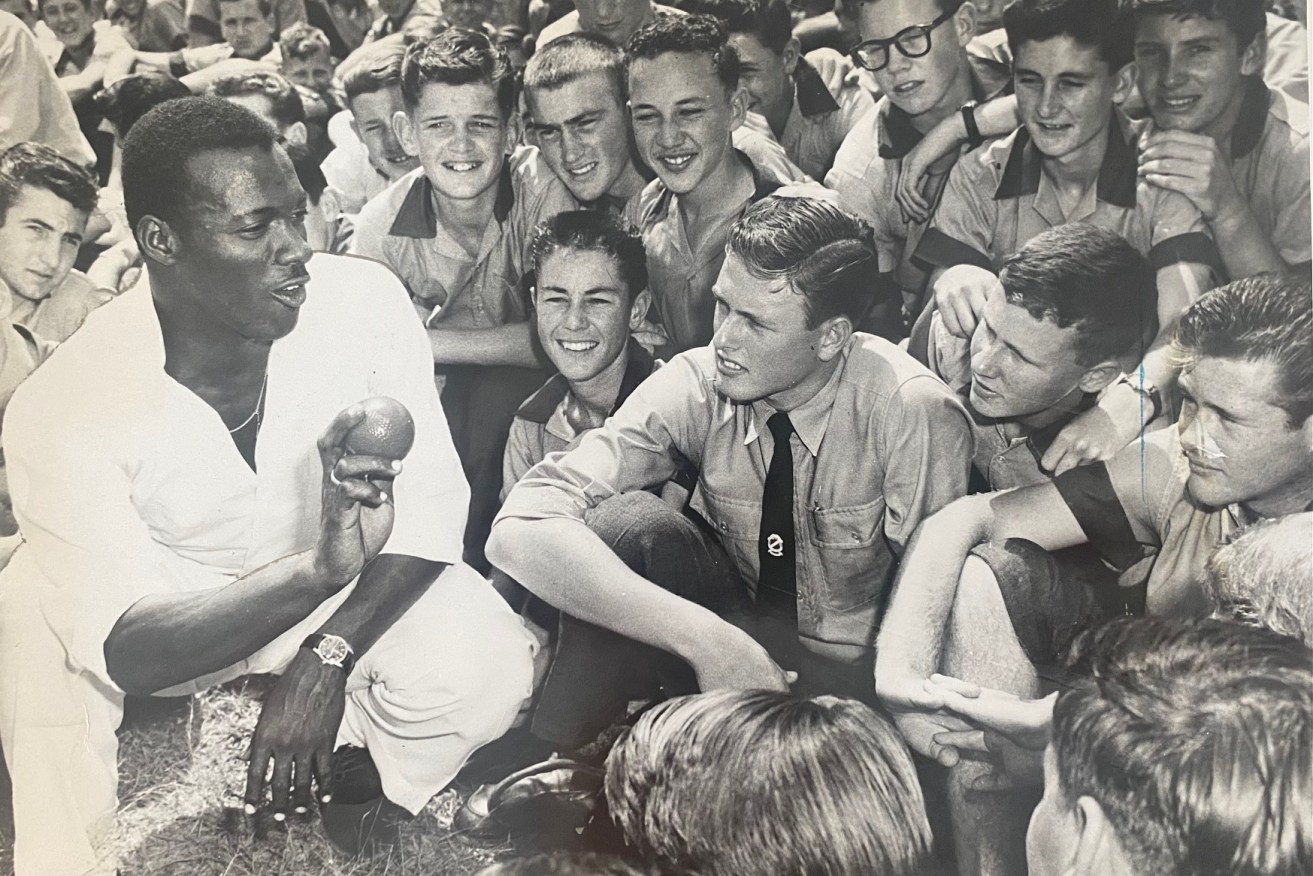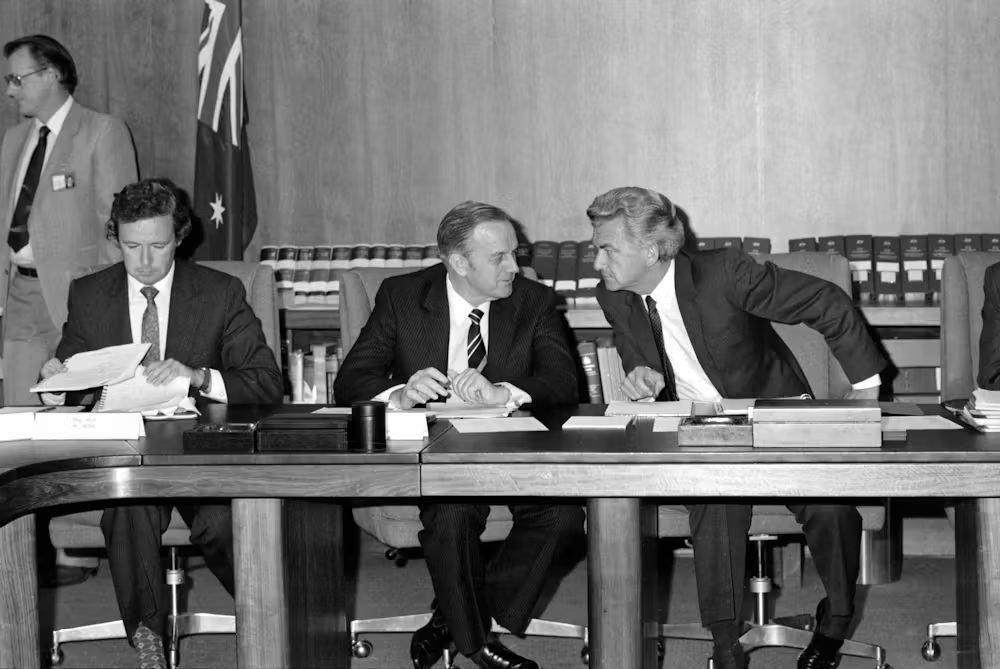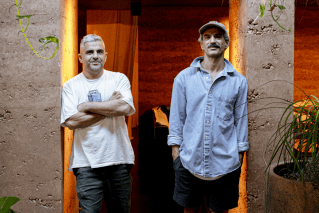Hall of fame: How Test rookie sparked precious memories for cricket’s calypso kings
Test cricket is headed back to the Gabba … with at least one West Indian giving us all throwback vibes from when the red-ball game was at its best in the Caribbean.


The great West Indian paceman Wes Hall captivating school kids at Brisbane’s Cavendish Road State High School in 1961. (Image: Supplied)
There are few things more exciting in Test cricket than watching the baton change of fast bowlers from one generation to the next which the West Indies once had refined to an art form.
It’s why the wonderful rise of Shamar Joseph has been such a mesmerising sight during the first Test against Australia at the Adelaide Oval.
He may be a meteor in an otherwise star-less cast of West Indians with his 5-94 but everyone can see the history he is reigniting.
This one-man band is sustaining the lineage of speedsters that includes Wes Hall, Andy Roberts, Michael Holding, Malcolm Marshall, Joel Garner, Courtney Walsh, Curtley Ambrose and so many others. So many gold chains.
Joseph will get an even greater chance to excel on a bouncier patch of turf at the Gabba from Thursday when day-night Test cricket and the swinging pink ball return to town.
We at least know the Gabba is fit for cricket while a State Government review moves into gear to tell us that the 2032 Brisbane Olympics can be held without knocking down the full structure. We just have to tell the world’s 400m runners that their event has been replaced by a new 375m race because there’s not the room for a proper track.
That’s another Gabba story.
For some reason, my mind was transported to the great West Indian speedster Wes Hall when watching Joseph’s heroics and what the summer could do with another Tied Test like the epic of 1960-61 at the Gabba.
The similarities were in glimpses … the rhythmical run up, the gold chain bouncing around the neck, short balls threatening the body, leg-cutters catching the edge, a paceman from the Caribbean elevating a whole series.
Wesley Winfield Hall is now 86 and one of the dwindling number still alive from those surreal few days of cricket in Brisbane in 1960-61.
You can still bump into cricket fans who were at the Tied Test. They are now in their late 70s. They were then impressionable teenagers. Forever may its magic be retold even if not by my curious wife who wondered why cricket should have a “Thai Test.”
Sadly, we have said farewell to Richie Benaud, Alan Davidson, Frank Worrell, Wally Grout and so many other Tied Test stars over the years. Only six weeks ago, we said goodbye to Joe Solomon, another Test cricketer from Joseph’s Guyana. It was Solomon’s pinpoint throw that ran out Ian Meckiff to create Test cricket’s first tie.
Solomon is on the far left of the frame in what is still regarded my many as cricket’s greatest photo…the image on the cover of every cricket scorebook of our youth.
Melbourne newspaper photographer Ron Lovitt had one frame left when he snapped the defining image…Meckiff’s forlorn bat lunge for the safety of the crease, the broken stumps, the celebrating West Indians.
The flamboyant Hall lasts longer in the memories of Queenslanders than any of those 1960-61 West Indian tourists who revived Test cricket when it was flagging as it is today in places other than Australia, India and England.
Hall returned to play several summers of Sheffield Shield cricket for Queensland, take 75 wickets, scare the life out of several Brisbane club batsmen and indulge his love of horse racing.
When Queensland broke through for their first Shield triumph in the 1994-95 final, Hall cheerily claimed a victory “for this adopted Queenslander from Barbados.”
It was playing for Queensland against the touring 1962-63 Englishmen that Hall refused to bowl bouncers at David Sheppard, who was a reverend when he toured as a batsman.
The episode was highly amusing for his Queensland teammates, especially when Hall did pitch short and strike Sheppard on the body after prompting from captain Ken Mackay.
“The gold cross I wore around my neck flicked up and caught me in the eye,” Hall would later recall as a special guest at the Peter Burge Testimonial in Brisbane.
“Sheppard looked at me: ‘That’s what you get when you bowl bouncers at the Lord’s children’.”
Hall became a minister of the church himself later in life but he was rarely so shy about bowling bouncers to other batsmen.
Lest you think Hall holier than thou, he once turned up late for bowling duties when the Queensland squad were playing in Toowoomba. He was given a leave pass to slip into the local races while the Queenslanders batted but was unsighted when the innings closed.
He chattered about a race protest delaying the paying of a winner when he finally flew onto the field, late and flustered.
Joseph carries on the lineage of West Indian pacemen to leave a mark on Australian cricket. We’ll take even one Test of wonder right now considering the sad fall from prominence of the team that ruled the cricket world for two decades from the mid-1970s.
The Shamar Joseph story is everything we love about sport. He is a success story from nowhere. The kid who grew up with nothing in the remote village of Baracara in Guyana nicks off Steve Smith with his first ball in Test cricket.
There were more fans in the Chappell Stand at Adelaide Oval than people living in his tiny village. Process that for a moment and you’ll understand what stepping onto the big stage really means.
Without cockiness, his celebrations on the field and his bow to the crowd after taking five wickets were what you love about Test cricket.
He’s found a far better life than being a security guard even as a lone beacon for an inexperienced Windies side, outgunned and outplayed in the First Test in Adelaide.
By now, we’ve all heard that pick-up games in his village made do with rough bats hewn from a tree and even fruits like guava and limes for balls.
Enjoy this one-man band at the Gabba Test and those of us who watched the West Indies in their prime be grateful that we thrilled to the full fireworks of bat and ball from the Caribbean’s entertainers.
JIM TUCKER has specialised in sport, the wider impacts and features for most of his 40 years writing in the media. He covered the West Indies in their pomp as a Test cricket nation in the 1980s and ’90s.












